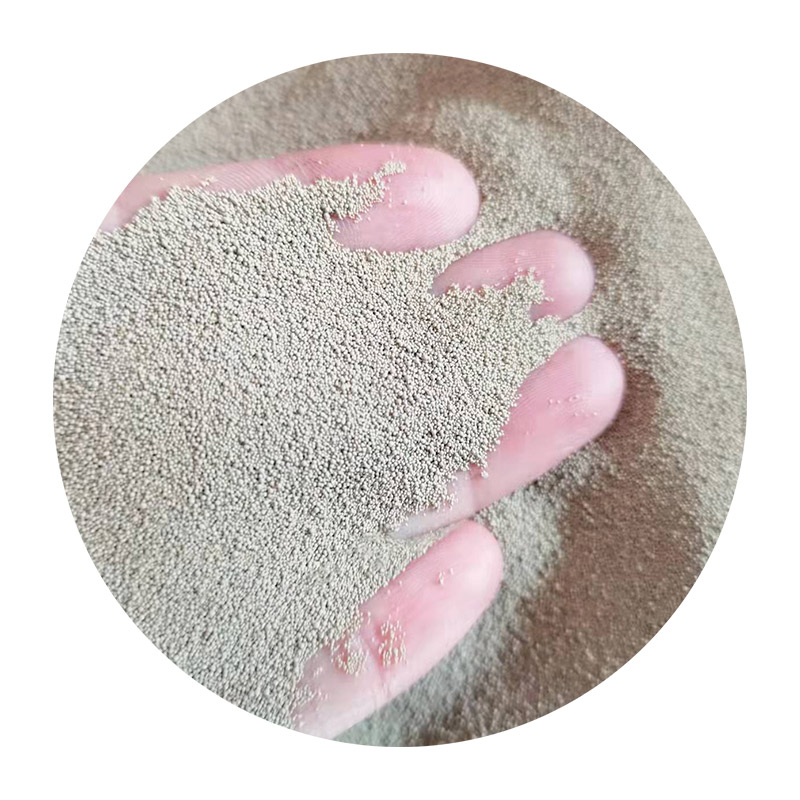Sand Casting Techniques A Comprehensive Overview
Sand casting, one of the oldest and most versatile metal casting processes, has been a vital manufacturing technique for centuries. It involves creating a mold from a sand mixture and pouring molten metal into it to create complex metal parts. This method is widely used due to its ability to produce large and intricate shapes at a relatively low cost. In this article, we explore the various techniques and considerations involved in sand casting.
1. The Sand Casting Process
The sand casting process typically involves several key steps pattern making, molding, pouring, cooling, and finishing.
- Pattern Making The first step in sand casting is the creation of a pattern that replicates the desired shape of the final product. Patterns can be made from various materials such as wood, metal, or plastic. They can be either single-piece patterns or multi-part patterns, depending on the complexity of the casting.
- Molding Once the pattern is prepared, the next step is molding. A mixture of sand, clay, and water is compacted around the pattern to form a mold. The type of sand used is crucial; silica sand is the most common due to its excellent properties for casting. The mold is then carefully removed from the pattern, resulting in two halves that will be joined together for pouring.
- Pouring After the mold is prepared, molten metal is poured into the cavity. The temperature and composition of the metal are critical to achieving the desired characteristics in the final product. Common metals used in sand casting include aluminum, iron, and bronze. The pouring process must be controlled to minimize defects such as air bubbles or misruns.
- Cooling Once the metal has been poured, it is left to cool and solidify. Cooling times can vary based on the size and thickness of the casting, as well as the type of metal used.
- Finishing After the casting has cooled, the mold is broken open, and the casting is removed. Additional finishing processes such as machining, cleaning, and surface treatment may be required to achieve the final specifications.
2. Types of Sand Casting Techniques
There are several variations of sand casting techniques, each suited for different applications and production requirements
- Green Sand Casting This is the most common type of sand casting, involving the use of moist sand mixed with clay. It provides good strength and flexibility but requires careful control of moisture content.
sand casting techniques

- Dry Sand Casting In this method, sand is mixed with a binder and then baked to create a stronger mold
. Dry sand casting allows for greater precision and is often used for high-quality castings.- No-Bake Casting This technique uses a chemical binder that hardens at room temperature, eliminating the need for baking. It is often preferred for complex shapes and larger molds.
- Lost Foam Casting A pattern made from polystyrene is coated with sand. When molten metal is poured in, the foam evaporates, leaving a cavity. This technique provides excellent dimensional accuracy and surface finish.
3. Advantages of Sand Casting
Sand casting offers several advantages that make it a preferred choice for many manufacturers
- Cost-Effective The materials required for sand casting are relatively inexpensive, and the process itself is straightforward, making it a cost-effective solution for both small and large production runs.
- Versatility This technique can be used to cast a wide range of metals and produce various shapes and sizes, from small intricate parts to large structural components.
- Scalability Sand casting can be adapted for both low-volume and high-volume production, making it suitable for custom one-off parts as well as mass production.
- Durability Cast products made through sand casting exhibit good mechanical properties and can withstand significant stress and strain.
4. Challenges and Considerations
Despite its advantages, sand casting does not come without challenges. Achieving dimensional accuracy can be difficult, and surface finishes often require additional machining. Moreover, managing the sand mixture's moisture content and ensuring consistent compaction are critical to avoiding defects.
In conclusion, sand casting remains a fundamental manufacturing process due to its adaptability and efficiency. Understanding the various techniques and their applications allows manufacturers to optimize their production processes, contributing to the successful creation of diverse metal components. As technology continues to advance, innovations in sand casting will likely enhance its capabilities further, solidifying its role in modern manufacturing.
Post time:સપ્ટેમ્બર . 25, 2024 17:21
Next:sand cast
